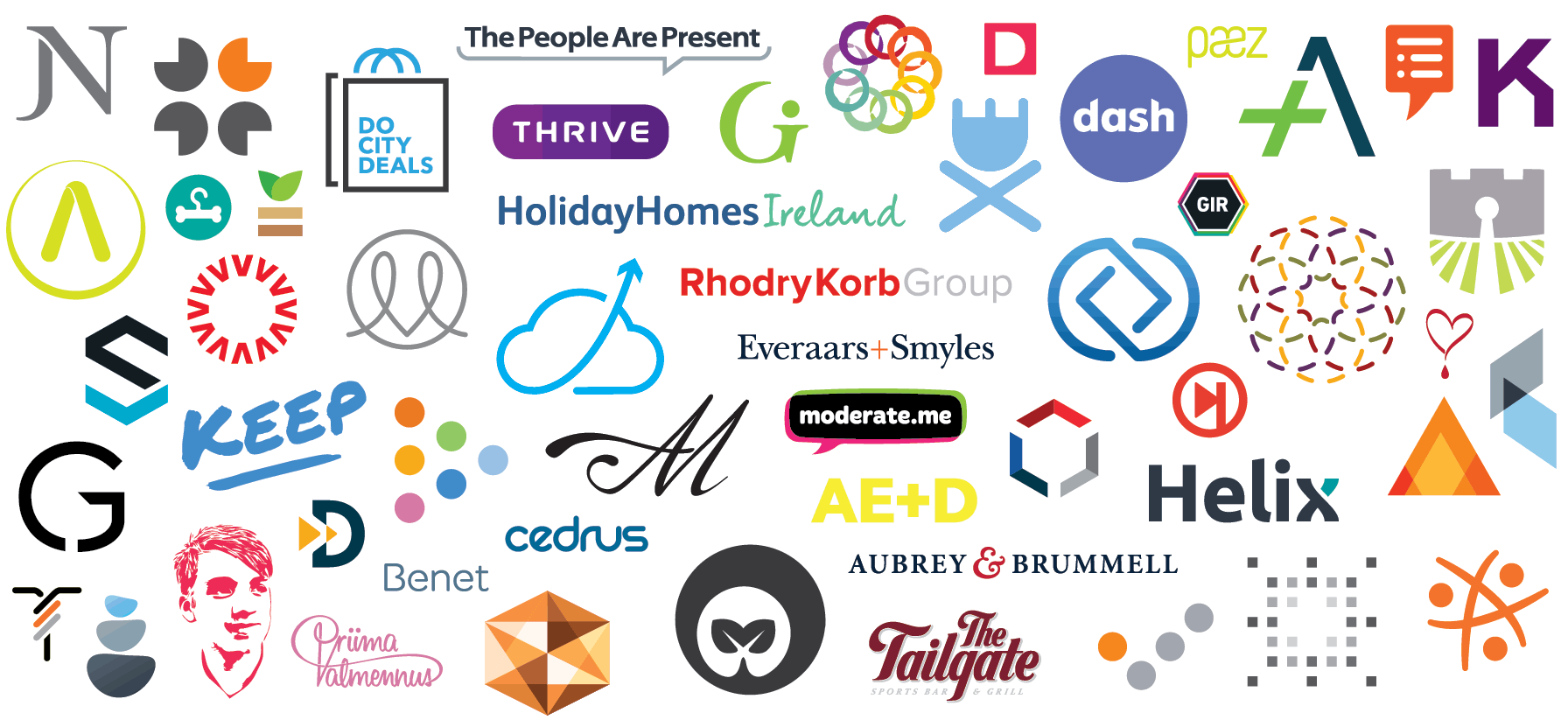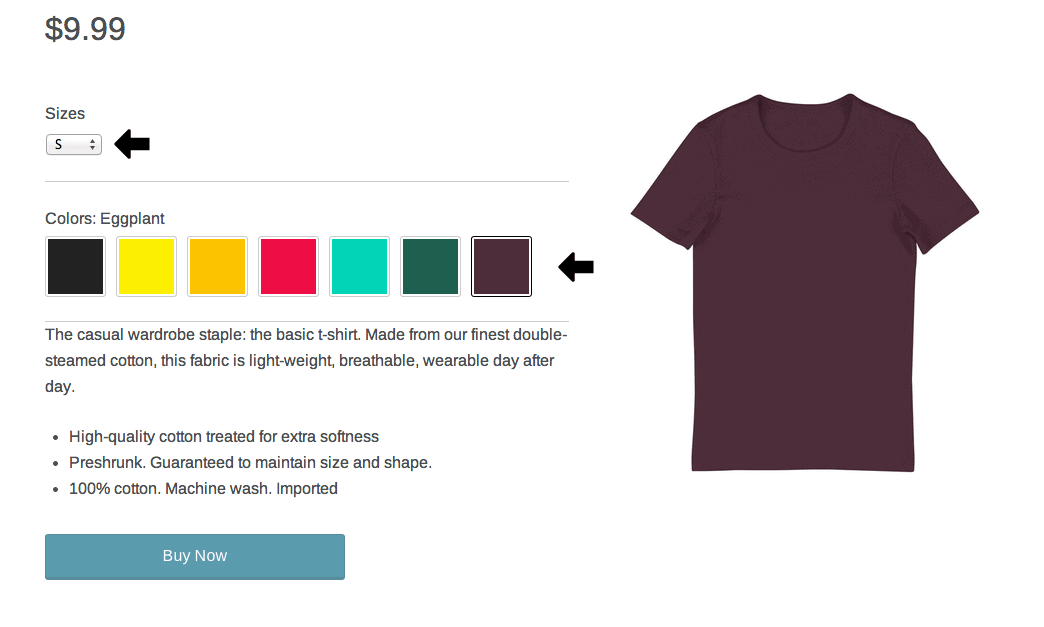
24 Feb E-commerce Store Branding: A Step-by-Step Guide
E-commerce Store Branding – A Step-by-Step Guide
The field of e-commerce is very competitive.
To rise to the top of the pack and stand out from the rest, you will need to develop a comprehensive branding strategy.
If you don’t pay attention to your branding, your e-commerce store will be another one of the many precisely like it.
On the other hand, the right e-commerce store branding can give your shop a unique identity and help you to build a steady following amongst your customers.
Of course, effective branding is easier said than done.
Branding is one of the hardest aspects of business management and marketing to master.
Given that most people now default to online shopping over traditional methods, it is more important than ever that e-commerce stores are backed up by strong branding and consistent messaging.
The following guide will take you through the process of attaching a brand to your e-commerce store, step by step.
By the end, you will have the foundations of a successful brand; it is then just a case of putting it out there.
1 – Sell Products That You Believe In

You will have a hard time developing a confident and effective branding message if you aren’t excited about the products that you sell.
When you are preparing to launch e-commerce store branding, it is essential that you put much thought into what you will be selling and how you will sell it.
You can be sure that customers and visitors to your store will be able to tell when you yourself aren’t excited about the products you are selling.
When consumers pick up on these kinds of feelings, they are significantly less likely to purchase from you.
Of course, as vital as it is that you believe in what you are selling, it is just as important to know that there is a market out there for it.
You cannot afford, quite literally, to launch an e-commerce store in an attempt to sell something that no one wants.
This won’t just hurt you financially; it will make your branding an expensive but pointless exercise in futility.
The product needs to be an equally good fit for you and the market that you are planning to sell to.
Whether you are selling a product of your own design and invention, or you will be stocking products sourced from other suppliers, you need to ensure that all the other players involved in the process can be relied upon.
This means that you need to vet the supply chain of your products to ensure that, from the moment of manufacture, right up until you put them in the hands of customers, you can be sure that they are of the highest quality possible.
2 – Identify Your Target Market
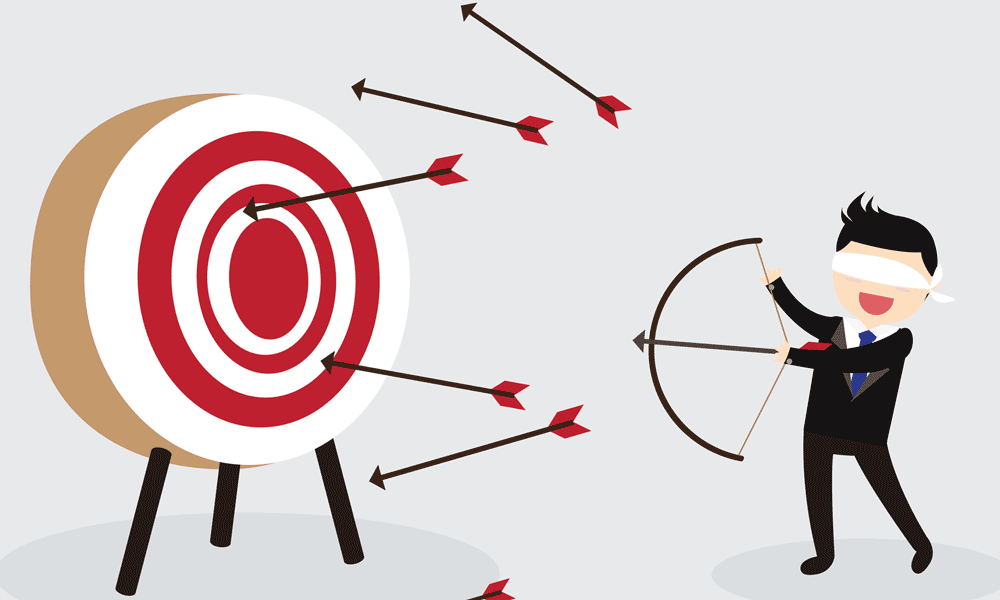
Just as important as understanding what you are selling is defining exactly who you will be selling it to.
Different markets will require very different approaches.
If you don’t approach your branding and marketing with a keen awareness of the specific features and traits of your market, you will struggle to make the same kind of impact.
The more detail you can gather about your target audience, the more effectively you will be able to focus your marketing.
Some products have a very clear target audience; for example, there are numerous products that are used exclusively or almost exclusively, by men or women.
However, not all product types are going to be this clear-cut and easy to define.
With products that appeal to a very broad demographic, you can use your e-commerce store branding and marketing to target specific groups and focus on selling to them.
This can be a very effective approach to take, as it puts you in control of the market you cater to.
- Stutts, Phillip (Author)
- English (Publication Language)
- 312 Pages – 04/09/2021 (Publication Date) – Lioncrest Publishing (Publisher)
On the other hand, some e-commerce business owners prefer to begin by selling their products to as broad an audience as possible and then use market research to identify the demographics that are buying them.
Regardless of how you come to identify your target demographic, once you have an idea of the full makeup of the group, you can then begin to focus on identifying more specific characteristics.
Again, the more you know here, the easier your job will be going forward.
The most critical demographics of your target audience to understand are age, gender, and income.
It is these three traits, more than any others, that will determine both what forms of marketing your target audience will respond to, and the types of products that they are likely to buy.
Once you have a good handle on these demographics, you can then begin to dig deeper and start considering things like the values and beliefs of the groups, their interests, and their aspirations.
All of these can be used to further fine-tune your e-commerce store branding.
3 – Start Thinking Creatively
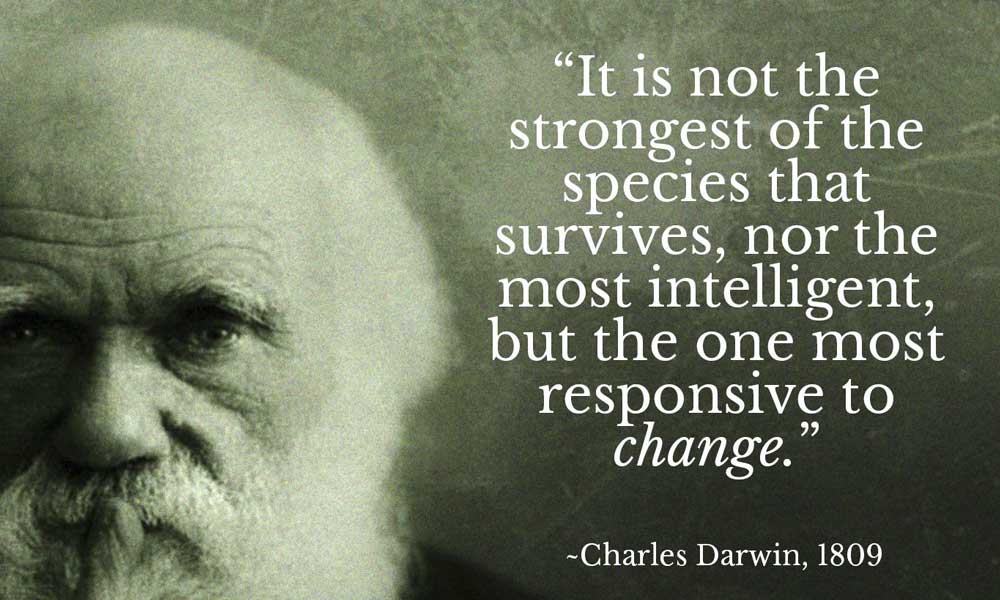
Once you have decided what products you will be selling and who you will be selling them to, the fun stuff can begin.
Many people find defining demographics and vetting supply chains to be tedious work, but it is necessary.
Once you have gone through those processes, you are then in a position to begin thinking creatively and considering exactly what kind of branding will most effectively sell your products to your target market.
A typical starting point for putting a brand together is to create a mood board.
A mood board is essentially a collage, although many people use digital media to produce them these days, which showcases the kind of ideas and elements that you want to incorporate into your own branding.
Mood boards are a great starting point because they allow you to search for inspiration without the pressure of converting that inspiration into something original.
Further down the line, you will need to take the ideas and concepts from your mood board and turn them into something that is unique to your e-commerce store branding.
For now, however, all you need to do is to focus on gathering all those ideas together for your later use.
You might even find it helpful to do more than one mood board.
For example, you could have an original mood board that collates all the elements you want your final branding to have, and a second mood board to do the same for your target market.
A mood board for your target market would consider the ideas and concepts that are likely to appeal to those demographics, rather than appealing to you personally.
4 – Design a Logo
Once you have completed your mood board and you are confident that you now understand exactly what it is that you are trying to achieve, the next stage of the process is to design a logo.
Your logo design might only be a small and straightforward image; there’s no need to overcomplicate things.
However, it should take into account everything that you learned from the process thus far.
A single logo might not be able to capture the full gamut of ideas and concepts that are important in defining your business and establishing your brand, but with careful thought, you can often incorporate many more of these than you might expect.
The logo you choose is one of the most critical aspects of the whole branding exercise; it is, therefore, essential that you get it right.
Don’t be afraid to put together a variety of designs and then pick and choose the aspects of each that you like the most, bringing them together to give you a final result.
If you aren’t confident in your ability to design an effective logo on your own, you shouldn’t be afraid to seek some professional guidance.
There is a reason those big corporations are prepared to sink millions of dollars into logo designs that, at a glance of the untrained eye, don’t appear to be very complex at all.
In fact, even the simplest of logos has often been created on the back of extensive deliberations.
5 – Design an Excellent Website
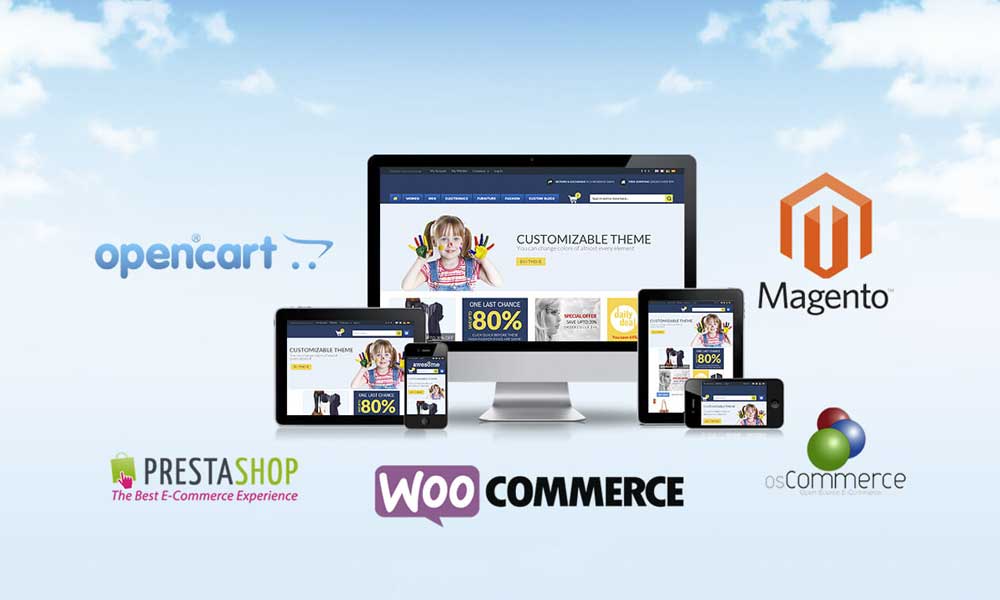
The website that you build will have a profound impact on the way that your e-commerce store branding is perceived.
Your logo should be front and centre of your website, and visible throughout, while making sure to be unobtrusive to any users browsing your page.
Remember, a fundamental purpose of establishing a brand is to set yourself apart from the competition.
If your website looks like a carbon-copy of another e-commerce store or has a generally generic appearance, then your brand’s message is likely to either be reduced or lost entirely.
If you aren’t confident in your ability to build a website yourself, you can look instead to one of the many e-commerce platforms out there which allow you to open a store without the need for any prior web coding experience.
There are a large number of these platforms to choose from, but this guide to e-commerce platforms should give you an idea of what’s out there.
Whether you choose to build your own website yourself, or instead make use of an existing e-commerce platform, you will need to customise it in such a way that it utilises your e-commerce store branding.
Remember that your branding goes beyond just visual considerations.
Your logo is a crucial part of your branding, but it is only one part.
The way that you speak to your audience and present your products should also be formulated according to your brand.
Do not underestimate just how big a difference your branding will make to the success of your e-commerce store.
Stores that don’t take the time to define and develop their e-commerce store branding are doomed to obscurity.
Instead, set yourself apart from the competition with a strong and independent brand.
The post E-commerce Store Branding: A Step-by-Step Guide is by Stuart and appeared first on Inkbot Design.




